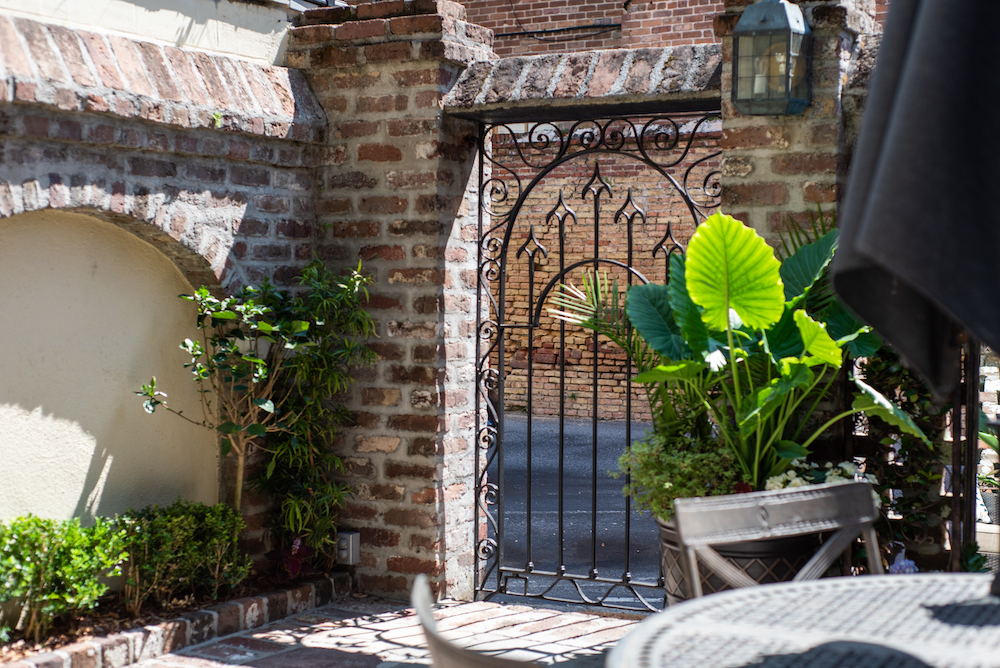
The city of Charleston has a dynamic and complex history, and visitors come from all over the world to explore historic downtown and learn about traditions from centuries past. Though there are many stories commonly circulated amongst tour guides and locals alike, there are centuries-old relics passed by unknowingly every day.
Wrought-Iron Gates. Guarding the entrance to a driveway or a South of Broad secret garden, wrought iron gates can be found at hundreds of properties in downtown Charleston, and many homes in neighboring communities include pieces inspired by these unique and decorative gates. In the mid to late 1800s, iron was increasingly used for embellishing gates with beautiful life-like replicas of flowers, leaves and branches that reflected the popular Victorian style. One of Charleston’s most well-known artisans, Philip Simmons, produced hundreds of decorative gates and other ornamental ironworks. From St. John’s Church and Hibernian Hall to private residences, his beautiful swirled iron designs can be appreciated all over the city.
Window Boxes. Charleston’s numerous window boxes are treasured by all with their lush plantings and cheerful blooms gracing the exterior of many downtown homes. Today they function as an embellishment, but their placement beneath first story windows was strategic in the 18th and 19th centuries as the sweet floral aroma wafting through the windows helped mask other outdoor scents.
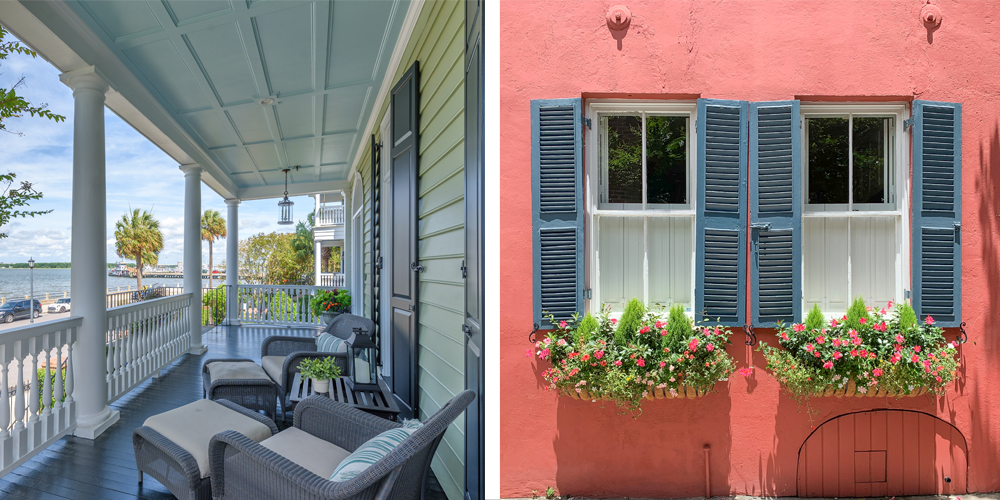
Haint Blue Piazza Ceilings. Many Charleston homeowners over the years have made a point to paint the ceilings of their piazzas a specific light shade of blue – a nod to the traditional “Haint Blue” color that has historical significance in the South. This tradition began with the Gullah Geechee communities of coastal South Carolina and Georgia, who believed that spirits would confuse the color of the paint with the sky and would forego haunting the home and its residents. In modern times, people say that the color discourages wasps from building nests.
Mounting Blocks. While on a stroll South of Broad, you may have noticed seemingly-random large stone blocks perched on sidewalks near the streets. Also known as “upping stones” or “carriage steps”, these blocks were utilized by women and children for assistance in stepping onto a horse-drawn carriage. Made from a wide range of materials including brownstone, granite, marble, limestone, cast concrete, and even quartz, these blocks now serve as charming reminders of the past.
Boot Scrapers. Wrought iron boot scrapers serve as charming adornments next to the doors of a handful of downtown homes, but in the 18th century they were very prominent throughout Charleston as the upper class began to stroll the streets rather than only traveling by carriage or horse. From intricate scrolling details to charming animal caricatures, there is a wide variety of boot scraper styles that still sit on Charleston’s sidewalks.
To see these unique Charleston elements in person, take a stroll through historic downtown neighborhoods like South of Broad, the French Quarter, Ansonborough and Harleston Village. How many can you find? To learn more about these wonderful neighborhoods, visit charlestonrealestate.com.
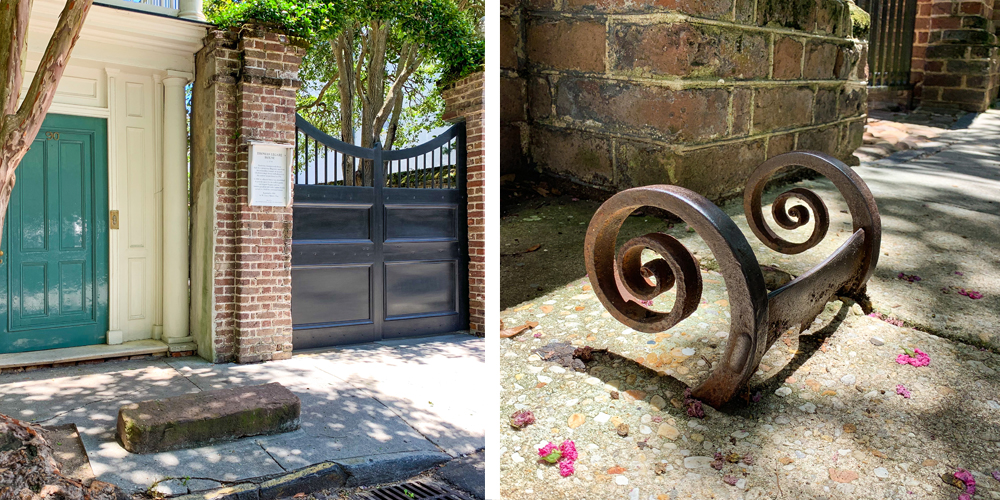
Sources:
Post & Courier – Upping Stones
Post & Courier – Boot Scrapers
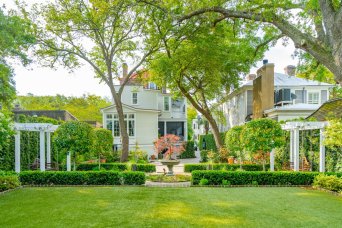
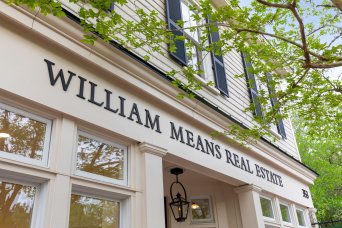
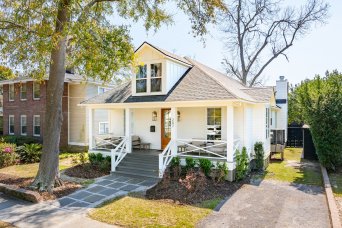
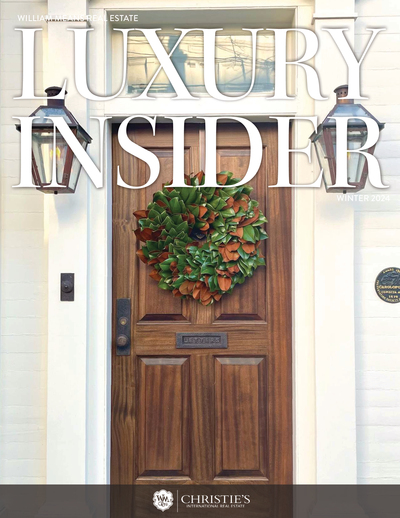
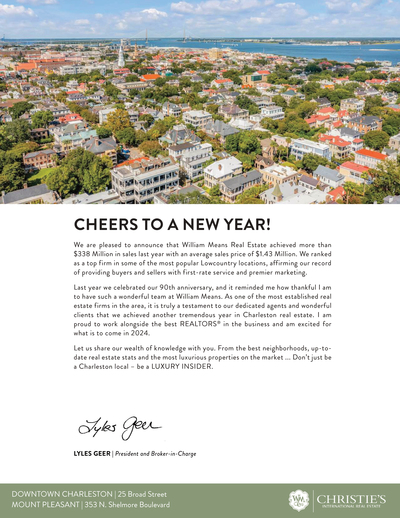
Leave a Reply